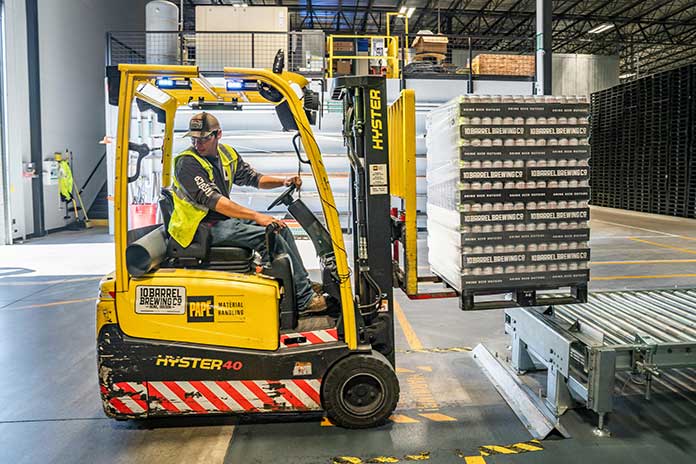Artificial intelligence is undoubtedly the tremendous technological trend of the moment, and its application scenarios are constantly increasing in all areas of our lives. Of course, the industrial world is no exception. Indeed, it was perhaps the first to include one of the most exciting applications of artificial intelligence in its processes: artificial vision.
What Is Computer Vision?
Let’s go in order and first understand what we are talking about. Artificial vision ( computer vision or machine vision ) is a branch of artificial intelligence that allows a device to understand, interpret, and analyze visual content. In practice, it emulates the capabilities of the human visual system by using algorithms and mathematical models to extract useful information from images or videos.
To do this, it is based on automatic learning, the so-called machine learning; the more images it “sees,” the greater its ability to process them. The devices used for artificial vision applications can capture and analyze thousands of images in a very short time. This makes their performance significantly better than that of the human gaze for all those applications where many details need to be inspected quickly.
How An Industrial Vision System Works
A vision system comprises one or more very high-resolution cameras, an illumination system, and digital image processing software. Typically, cameras are placed directly on board production or packaging lines. When an item (for example, transported by a conveyor belt or roller conveyor ) enters their field of vision, they acquire dozens of images of that piece.
The software then processes these images, which are analyzed to check their compliance with specific parameters to be satisfied. Naturally, this complex activity is completed automatically in just a few seconds. If we think about it, we will realize that a vision system exactly replicates the functioning of the human eye or captures many images and sends them to the brain, which we can define as our processing software.
What Are The Main Applications In Production And Logistics
Once we understand how a vision system works, we can explore the infinite possibilities of applying artificial vision in the industrial sector. In fact, this technology can be used for many operations in both production and logistics environments.
Quality control: The most widespread concern is quality control. With vision systems, it is possible to inspect even the smallest detail and identify defects or anomalies, such as scratches, cracks, imperfections, or missing components; simultaneously, measurements can be carried out to respond to specific requests and much more. These operations could be carried out manually, but in addition to exposing us to physiological human errors, they would involve a much longer time.
Process optimization: while remaining within the factory, artificial vision can also have a more analytical application. It can be used to monitor production processes and optimize them. For example, to detect congestion or problems in the production line, identify machine downtime, and measure efficiency or material flow. Production traceability: the most modern vision systems can also act as fixed industrial scanners, decoding linear and two-dimensional barcodes.
This allows you to keep track of both the production progress and the movements of individual pieces along the entire production chain. Order preparation and fulfillment control: this technology allows you to control the correct packaging and preparation of shipments. Vision systems can verify that the proper number of product units is present inside a package, for example, a package. It is possible to take measurements, check that the correct label has been applied to the packaging, and, at the same time, read the barcode to confirm the fulfillment of an order.
Insert Computer Vision Into Your Processes
Those listed are just some of the many applications that can be created with computer vision. Implementing a vision system in your production and logistics processes brings immediate advantages in terms of efficiency and productivity. Still, it must be done through a serious project and with the help of a competent partner. In Italy, for example, Alfacod, thanks to a dedicated team, is among the leaders in designing and installing vision systems and has supported some of the most critical entrepreneurial realities in our country in implementing this technology within factories, warehouses, and logistics centers.
Also Read: Provisioning: The Technology That Changes The World Of Telco

